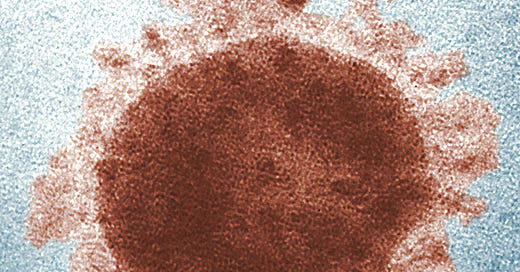Boost or bust
COVID-19 case rates, hospitalizations, deaths still low, but the threat that a deadly new variant will emerge remains
I received my second COVID-19 booster shot last week, which left me feeling slightly achy for two days. Will it help?
The latest variant (BA.2.12.1) accounts for more than a third of new cases and is spreading rapidly among the already vaccinated as well as the non-vaccinated. Just ask the many celebrities who got sick after attending the Met Gala in New York and the White House Correspondents Dinner in Washington, D.C. — all of whom had to show proof of vaccination to attend.
Still, if you’re wondering if you should get that first or second booster, the answer is a resounding yes. While the “miracle” mRNA vaccines, which were around 90% effective against the original variant, are clearly less effective at preventing infection from the latest variants, they are successful at triggering a heightened initial immune system response, which helps keep the disease relatively mild for most patients.
The latest data from the Centers for Disease Control and Prevention show that new cases and hospitalizations are rising again. But the daily counts (as measured by a 7-day moving average) are still just 14% and 10%, respectively, of what they were in early January when the Omicron variant surge peaked. Deaths from the disease continue to fall and most recently were just 334 per week, the lowest they’ve been since last July.
Despite widespread reporting that the latest variant is highly infectious, large parts of the country have given up on using masking and social distancing as a supplemental method for preventing spread of the disease. While people are still asked to show vaccine cards and wear masks at some venues, few gathering places enforce those requirements once people are inside. Based on my weekend experiences at grocery stores and several retail outlets, mask-free has become most people’s reigning attitude in their day-to-day interactions.
But that doesn’t mean we’re already in the endemic phase of the pandemic, where new surges of the disease will be more like the annual flu season than the peaks and valleys roller-coaster that we’ve seen over the past two years with COVID. There still doesn’t appear to be a seasonal pattern to COVID outbreaks. Moreover, scientists are warning we could still see a new variant largely resistant to current vaccines.
Helping others helps us
Should a resistant variant emerge, the issues on the table will be whether the government and private industry can produce a new vaccine in record time; whether people will line up to get the latest shot; and whether the public can accept the masking and social distance behaviors that can be equally effective at halting spread of the disease.
Given the nation’s political mood, what are the odds of hitting that trifecta?
That’s why it’s so important to step up efforts to bring the new vaccine technologies to the developing world, which will remain a breeding ground for new variants as long as a large share of their populations remain unvaccinated. There’s not much to be cheerful about on that front, either.
Pfizer-BioNTech and Moderna continue to resist transfering vaccine manufacturing technology to generic manufacturers in the developing world, which would dramatically lower the cost for low-income countries. All three companies are reporting record profits from surging sales of their mRNA vaccines.
Meanwhile, the White House is hosting a global COVID-19 response conference this week. President Biden will arrive empty handed. Republicans in Congress continue to block an additional $5 billion in international aid for the global vaccine distribution effort. Administration officials are scrambling to line up commitments from private firms and charities so the U.S. has something to offer, according to Politico.
Isn’t that pathetic? Surely a country that can afford another $33 billion in military and humanitarian aid for Ukraine, which has bipartisan backing on Capitol Hill and I fully support, can come up with an additional $5 billion for the rest of the world.




